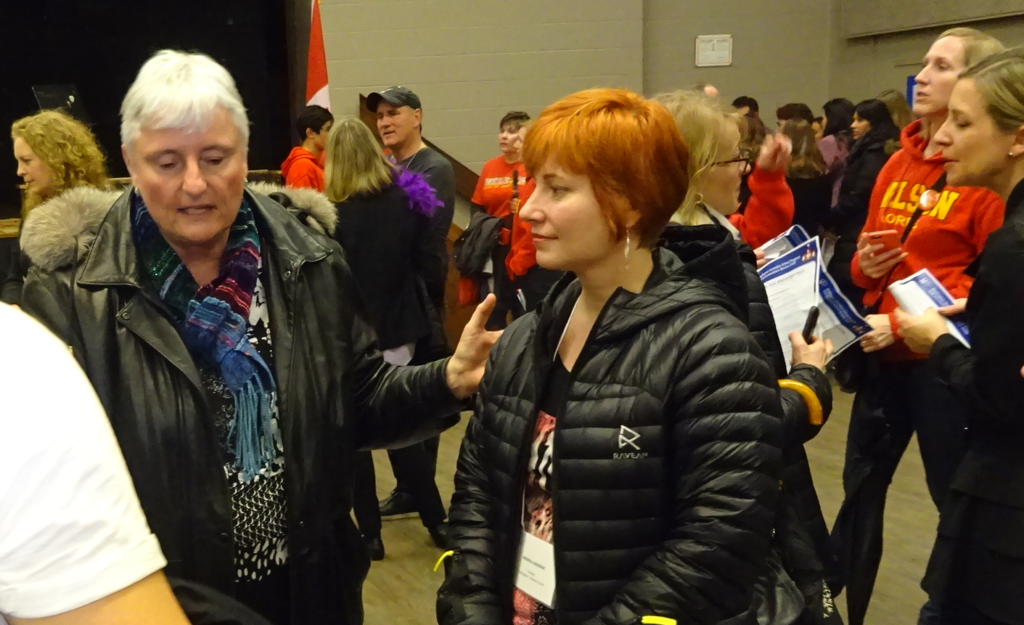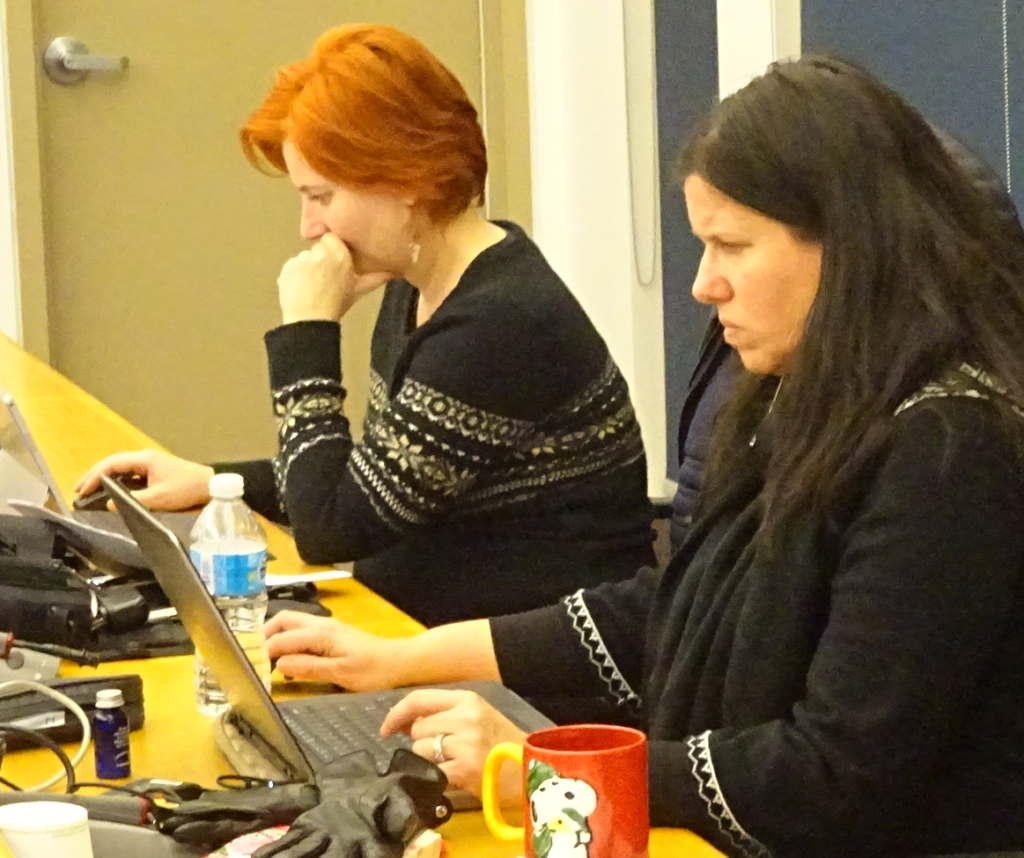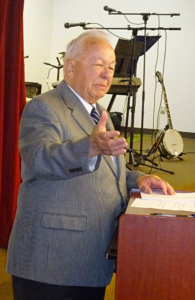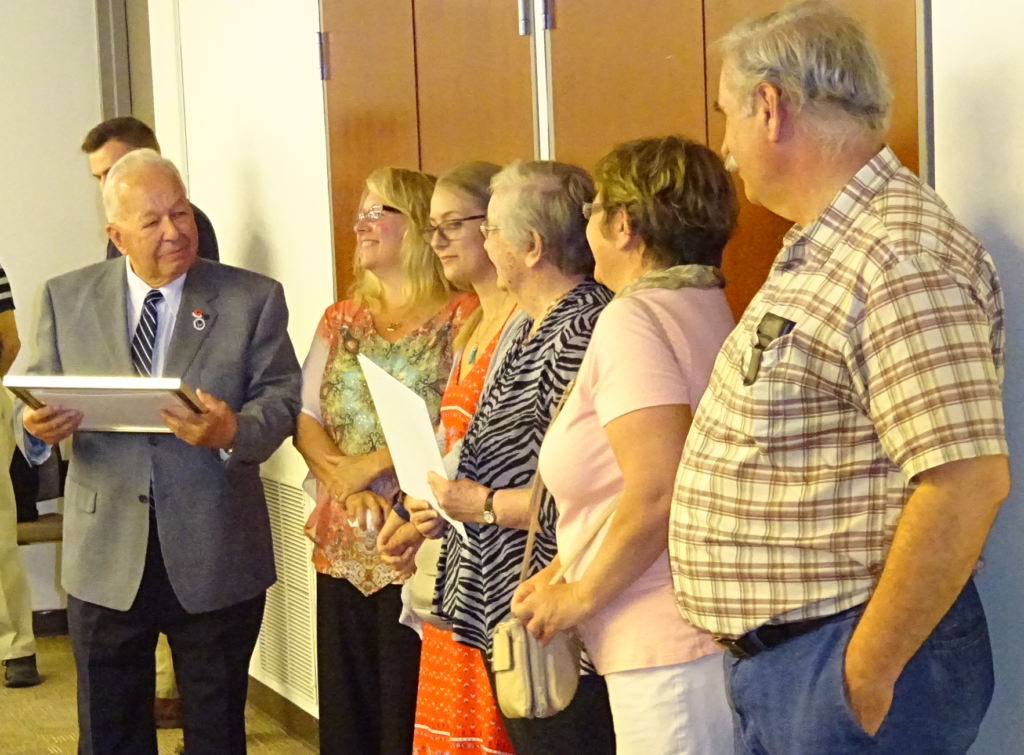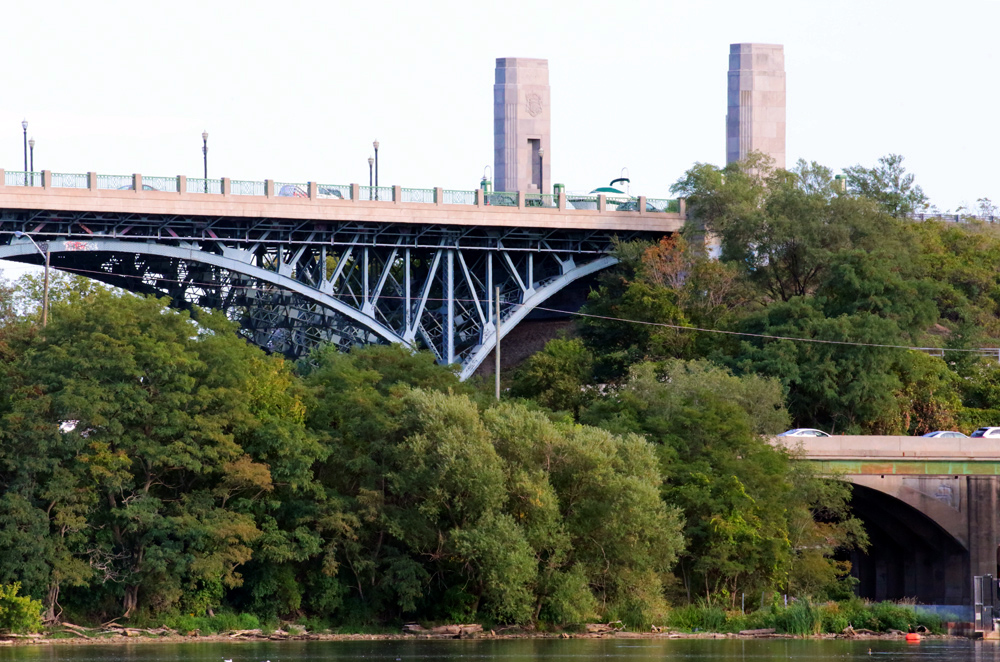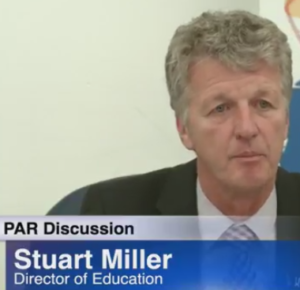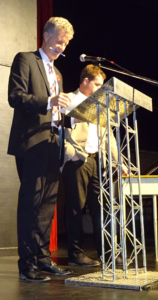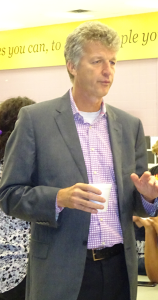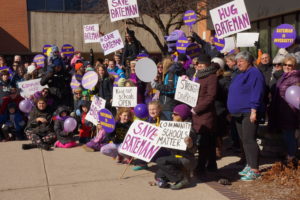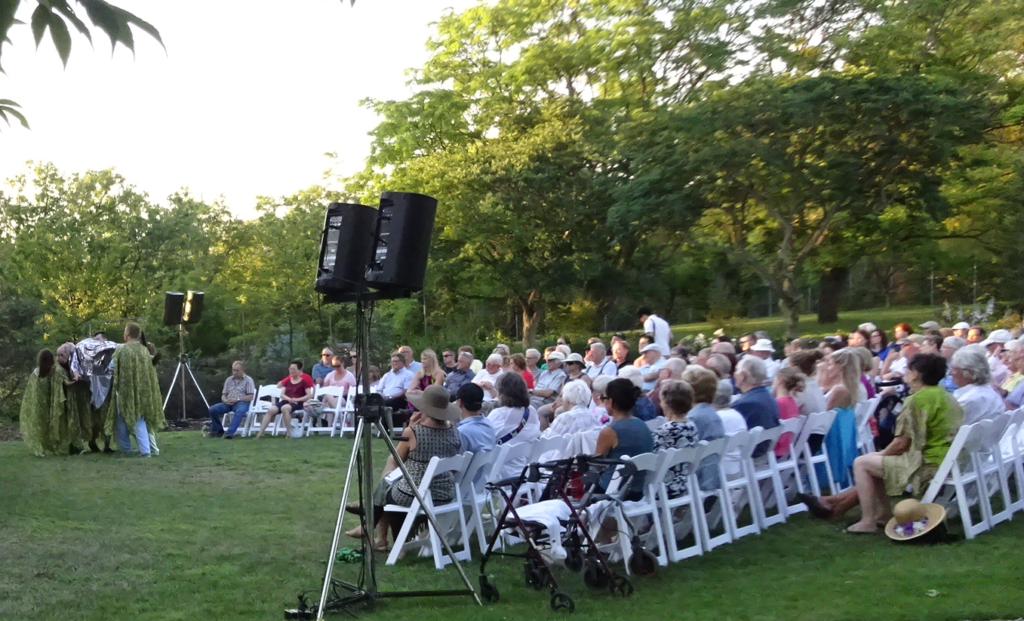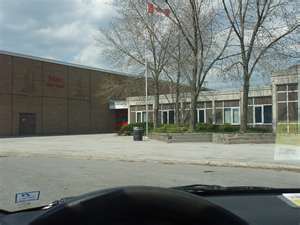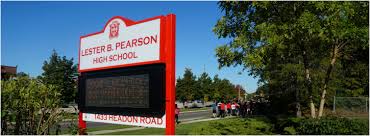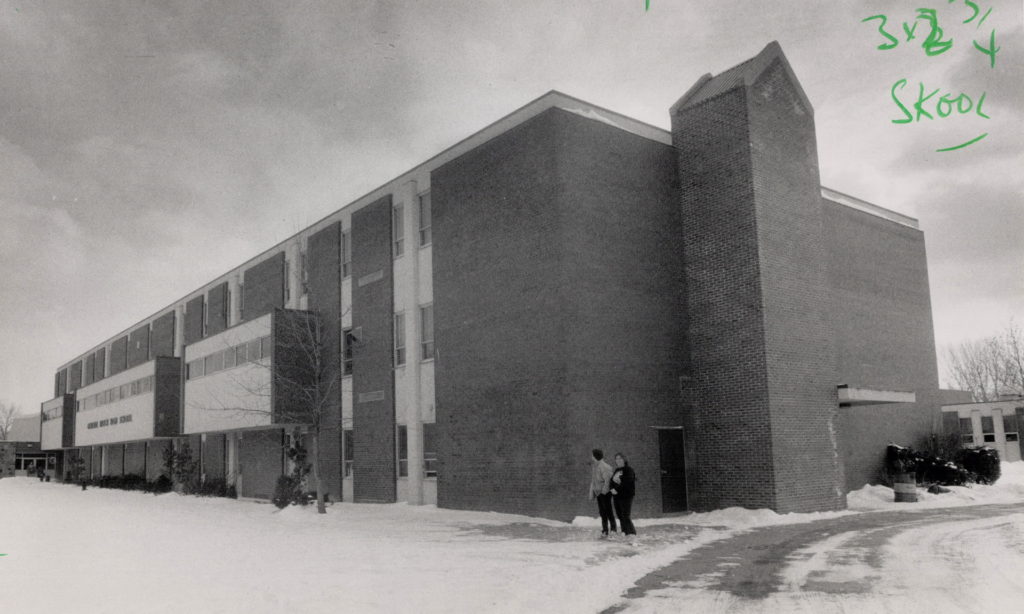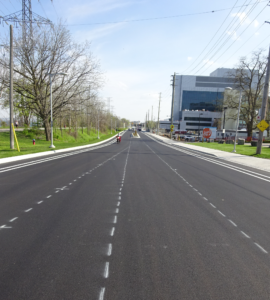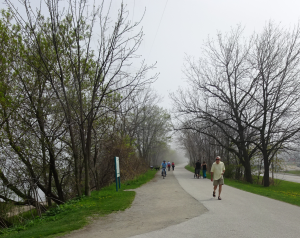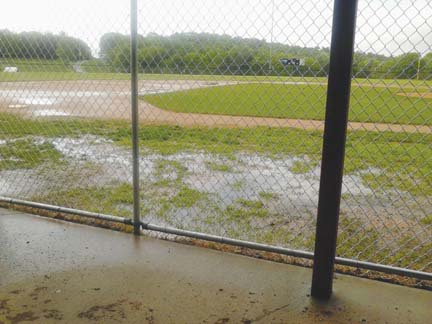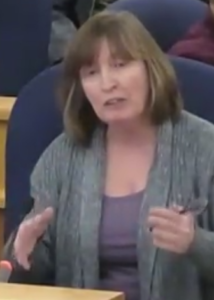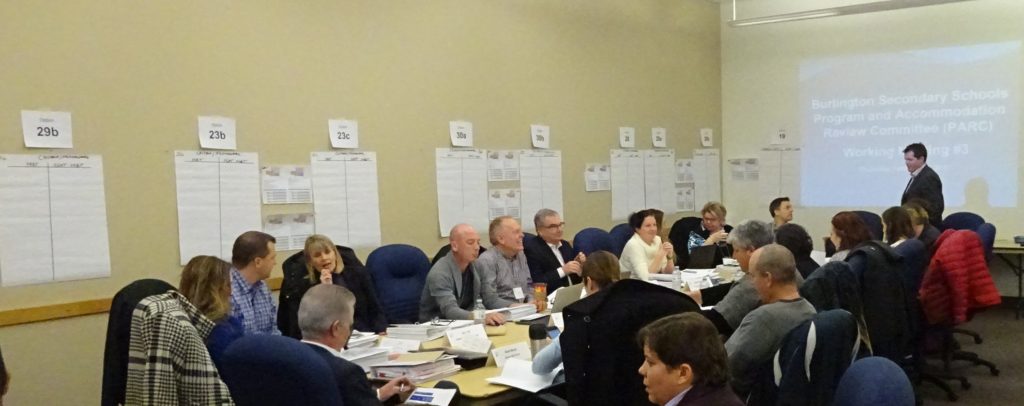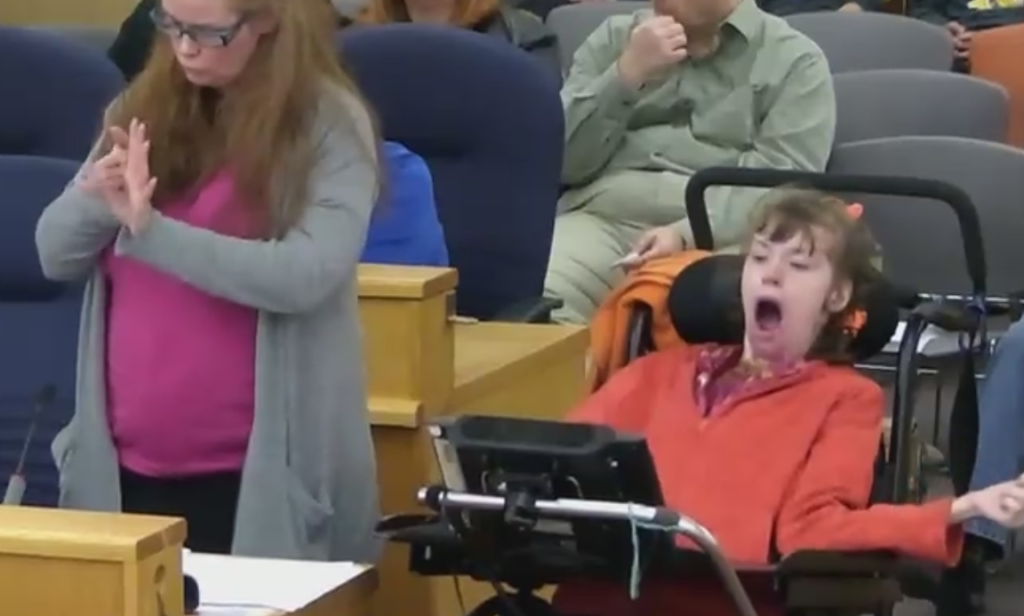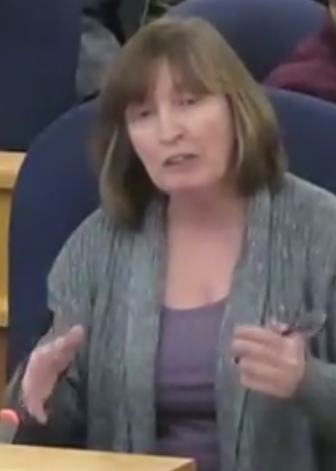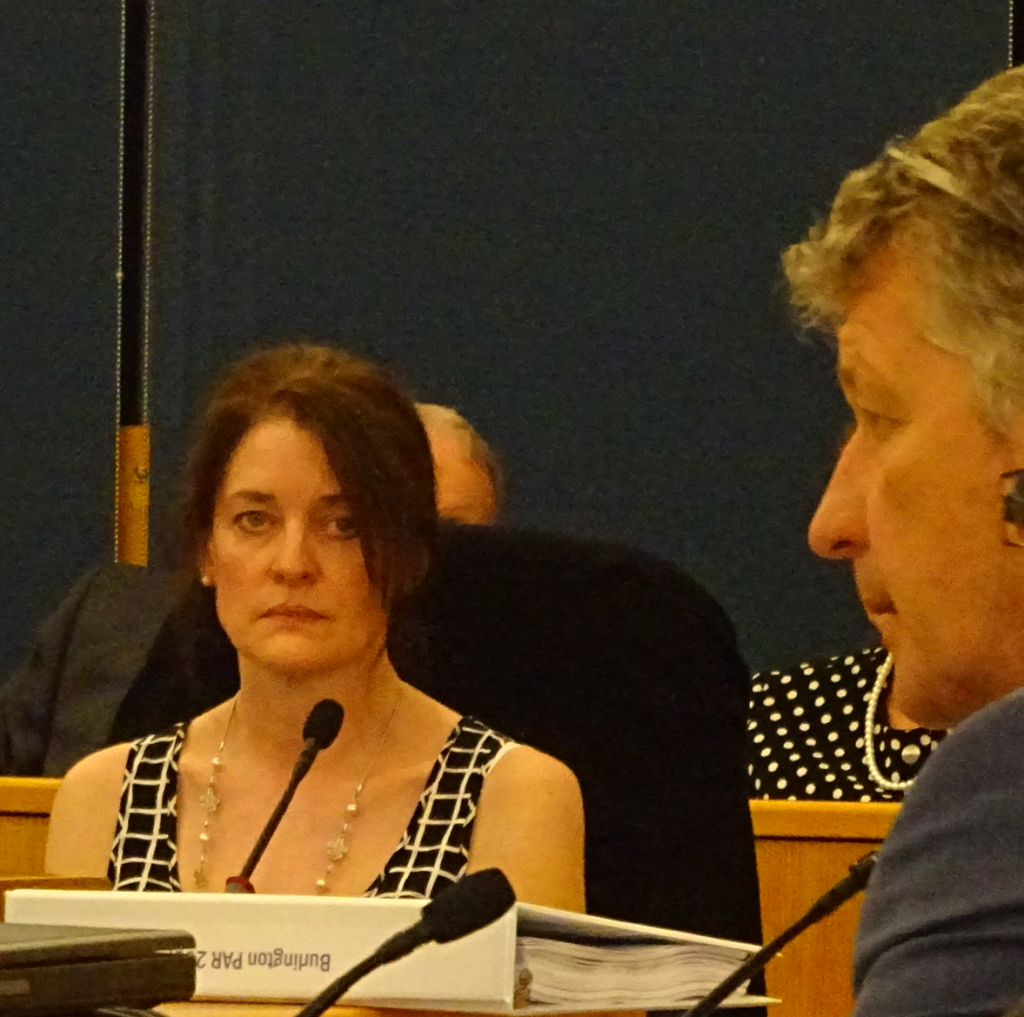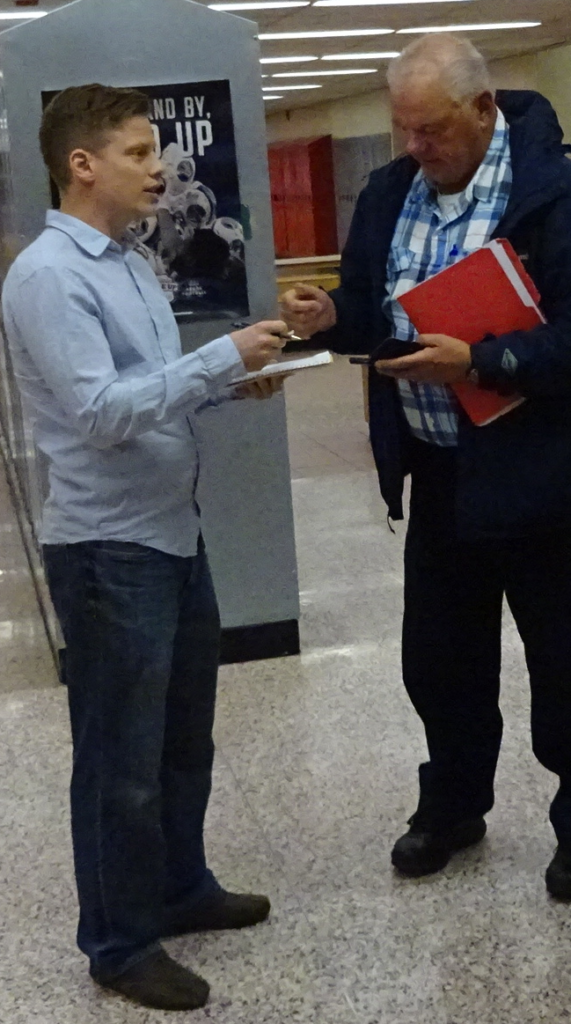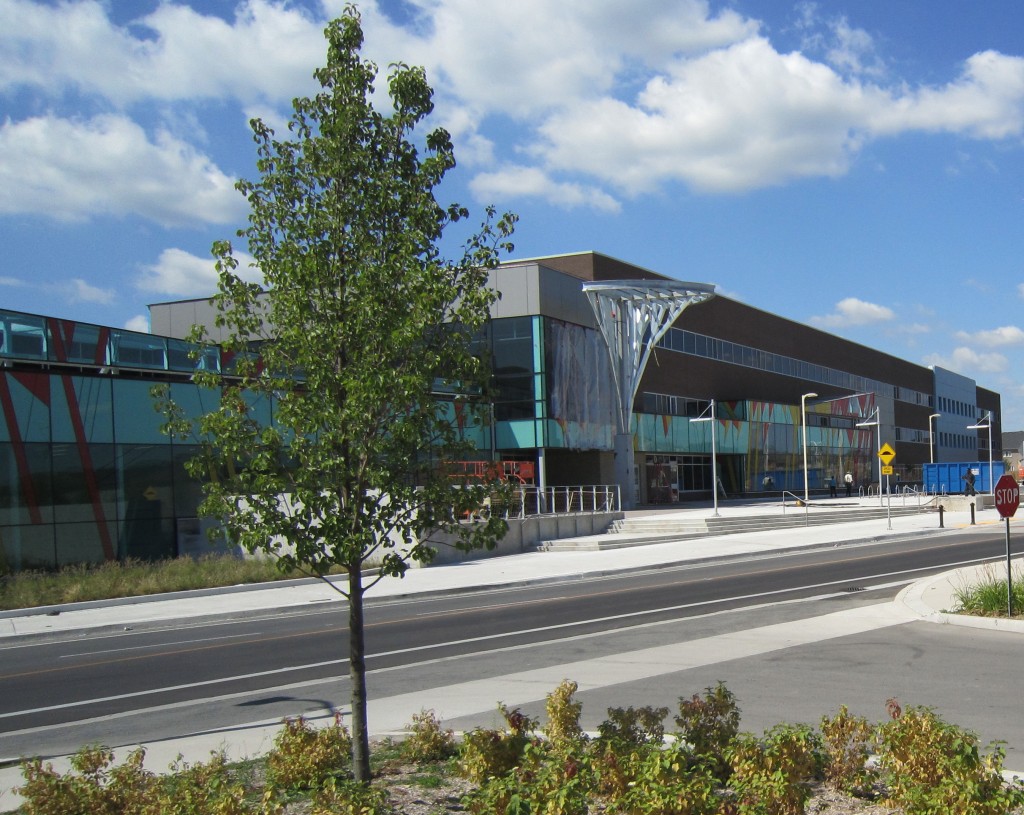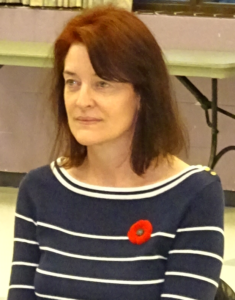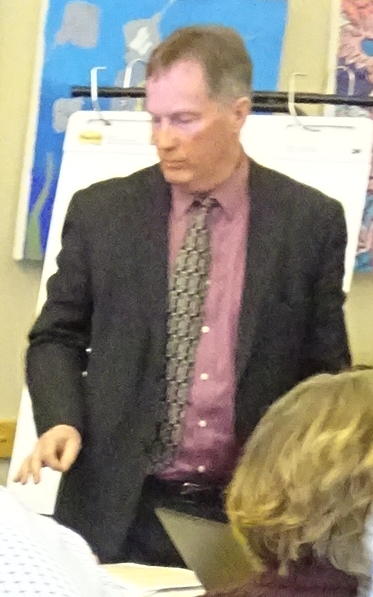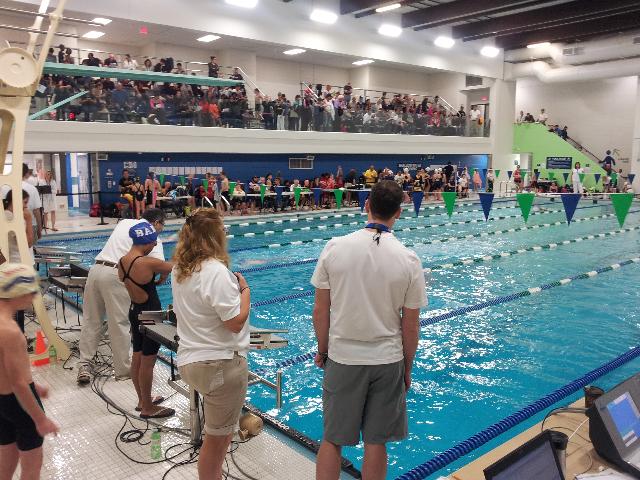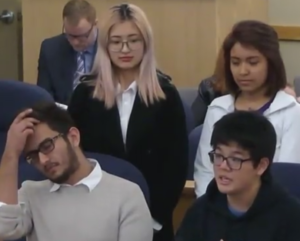 By Tom Muir
By Tom Muir
June 6th, 2017
BURLINGTON, ON
I cannot delegate personally at the June 7 Board meeting, so please accept this written delegation for the record.
Accountability of the Trustees and Board
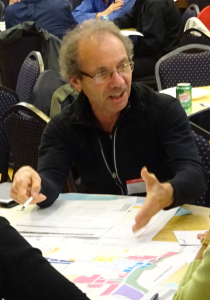
Tom Muir
You know the time is coming for the Trustees to make decisions about the Board Director’s recommendations about Burlington’s community of schools. In this, it is time to treat the parents, residents, students and community with respect and truth.
It is time for the Trustees, as democratically elected officials, to be accountable to your constituents. The Education Act provides clarity about the responsibility of individual trustees to bring to the board the concerns of parents, students and supporters of
the board.
It provides for the responsibility of the trustees to work with the values, priorities, and expectations of the community to translate them into policy. It is incumbent on trustees to act with integrity, which means with honesty and strong moral and ethical principles.
All the trustees are responsible for the best interests of all students – this means that all trustees are accountable for their actions in regard to Burlington schools, not just schools in their area.
Trustees play an essential role in creating the conditions for: achieving excellence in student learning; ensuring equity and promoting well-being and; enhancing public confidence in publicly funded education.
Enhancing public confidence means ensuring accountability for the use and effective stewardship of resources and public school assets.
My expressions of comment and concern
You also know that I have written you extensively, and provided a great deal of information about the PAR context and process, and my concerns that arise from the factual nature of that, and how the Board actions and behavior is reflected by that body of evidence.
Based on this evidence I have provided over the history of the PAR, and events emerging, it is quite clear that the Board has created an outcome of systematic, conflict-based crisis in Burlington schools and community. There has been an evident failure to enhance public confidence throughout the PAR process.
There have been record numbers of complaints, delegations to the Board, picket lines, demonstrations, protest marches to the Board office, delegations to provincial parliament, complaints to the local MPP and the Minister of Education, testimonials to Burlington schools, and the list can go on as you know.
It seems clear that the failure of the Board to manage and achieve the critical goal of effective utilization, by building what are almost all surplus seats at Hayden, is seen as the root of the present crisis, and conflict, by a large majority of people.
This is the unhealthy, even pathological, consequence of the predominantly defensive strategy used by the Board to control, manipulate, deny, and distort the reality underlying the emergence of the conflicts.
This defense, as offense, is based on the theme of redefining truth, and sticking to the script.
The fact that I had to resort to a Freedom of Information request to get any information at all speaks loudly to the controlling and obstructive manner with which the Board and the Director chose to communicate with residents.
Directives, based on the Education Act, and Guidance documents, state that in carrying out its accountable responsibilities, a board must engage in effective communication with school staff, students and their families, community members, and others. In my experience, and that of others I know of, there was a deliberate failure to engage and communicate on critical matters of facts and truth.
I never received any reply from anyone to my several sets of correspondence and requests for information (other than my FOI), except acknowledgements of receipt and thanks from one trustee to all memos, and similar replies from one trustee to just one memo.
The only effective outcome for the Board was to continue a cover up of the problems asked about for as long as possible. Even my FOI request and response was obstructed, in information provided, and timing.
What is the correct and truthful source of the crisis and conflict?
As I have shown conclusively, with official data, the crisis we face was caused by deliberate and knowing actions by the Board to build the NE Burlington school (now named Hayden) capacity that was not needed based on enrollment trends and utilization expected. The data prove that this is the planned and only cause of the current utilization issues in Burlington schools.
There was no business case in the normally applied manner based on sufficient need for pupil places in excess of seats available, and growing for the foreseeable future.
And on top of that, the Board is now redefining this truth, by using the resultant low utilization, or surplus seats, caused by these past actions, to support the present PAR now, as Condition 1, having failed to act on the foreseeable consequences of the plans they made to build surplus seats, at the time of the planning.
And compounding this, the logic of PAR Condition 2, “that reorganization involving the school or group of schools could enhance program delivery and learning opportunities” is rationalized to follow the lower utilization, as the Board states now, in the present, but failed to, in the past, when it was first created in the plans for Hayden.
This, in fact, reflects another failure to act, by the Board, on the additional foreseeable consequences of the plans made at the time of the planning – failures to act in a responsible, transparent, and accountable manner, pure and simple.
The board is responsible for setting policy relating to facilities, including: maintenance, acquisition and disposal of sites; building renewal plans; and site operation. All policies relating to facilities must first take into consideration requirements related to the achievement and well-being of students of the board.
Despite repeated comments and requests for explanation, I was never able to get the Board to provide such an explanation as to how it included in the Hayden planning such “consideration requirements related to the achievement and well-being of students of the board.”
This means that the decision to build Hayden, and the surplus capacity that it entailed, creating lower utilization in Burlington, would also lead to diminished program delivery and learning opportunities, reduced equity and well being, and less achievement of excellence.
Clearly, if it does this now, then logically, it would have done so then, as part of the plan.
More to the point, these impacts were perfectly predictable, as they would follow from the utilization effects built into the Hayden plan, which they did clearly, and are now present.
As well, and doubly ironic, nowhere does the Board acknowledge the predicted overcapacity occupancy of Hayden now, as a problem in its own right, but contributing to the lower utilization of the other schools, and thus an option to partially relieve that situation.
These outcomes are what the Board is telling us now, through this PAR, will emerge from the lower utilization caused by building Hayden, and so we have to close two schools to correct the surplus they created.
This is used as rationalization for the PAR, and to further entrench the fabricated alternative reality created by the Board, that is creating the conflicts and crisis, and to try and evade being accountable for these actions.
This is the redefinition of truth that the PAR is based on, and this is reflected throughout the trustee debate meeting minutes.
Does the crisis and conflict continue despite knowing the buried truth? What’s happening now?
So what is being discussed in the current PAR debates by trustees is the same thing as would have been discussed if anyone had done their job and considered what such outcomes might be when Hayden was being planned and pushed forward, which would knowingly build surplus seats.
The fact is the Board created comparable loss of equity, opportunity, well-being and excellence to students, in the same measure as they claim now as one reason for the PAR. Before Hayden there was no problem with low utilization, and none in the foreseeable future.
Unfortunately, no one, except one or two trustees back in 2008, took their responsibility and accountability seriously, and no one to this day has been called to account for this, and to explain their actions.
Not even in the two debate meetings of trustees was anyone called to account for this. And I have provided a great deal of official evidence to all the trustees, and Director, on this matter, but there is still no mention.
It is on this basis of disavowal of the truth that this PAR process has acquired the potential to be pathological in its impact as an outcome of this deep rooted denial.
Closing two schools in Burlington is certainly pathological. No doubt.
This fact set has been continually repressed, or buried, like a painful and unacceptable thought, and source of anxiety, in a vain attempt to remove it from the PAR awareness.
The Director himself told me that bringing up the Hayden planning and execution would be too dangerous for him politically.
Whatever happened to Ministry guidance about not having conflicts of interest, or letting personal, political motives enter the decisions?
And further, in the debates, the question of why the Director changed his mind about closing Central was raised, and he claimed there was nothing personal or political in that decision.
Then he invoked the untruth that Pearson and Bateman had declining enrollment and utilization trends, when in fact it was the Board building of Hayden that targeted these schools, and others, as the source of students and feeders and programs to fill the surplus seats they built at Hayden, to gross overcapacity.
The declining enrollment and utilization in Burlington schools was created by the Board, and is being sustained for their purposes.
Overall, from the delegate evening I attended, and the minutes of the two evening Board meeting debates on the Director’s final report, the Trustees still appear to be rejecting the fact that they are debating an untruthful reality, provided to them by the Board and sustained by the Director.
The buried truth I described appears as an unacceptable idea altogether, that is incompatible with their image of the PAR, and their anxious struggle to deal with the crisis and conflicts emerging from their distorted reality, refusal to be openly accountable for that, or hold responsible parties accountable by asking for explanations.
They apparently behave as if this defensive denial of the facts, that actually happened, never occurred, and appear as though they are stuck in a Director provided alternative reality and set of alternative facts.
The Director and senior staff are inflexible and intransigent in the debate, sticking to the script of their redefined reality.
What stands out in the debates?
In the minutes of the trustee debate meeting these few, but telling instances emerge.
1. The very first point raised in the debates was;
“A. Collard asked about ways to reinforce programming and boundaries at Robert
Bateman High School. S. Miller indicated initial discussion around the original
recommendation should precede any additional options requiring further
investigation. G. Cullen commented on the surplus that would still exist with a
twinned school concept.”
Mr Cullen was part of the senior management team back in 2008 and forward on the Hayden plan. He knew all about the consequences built in, and flowing from that plan, but there is no record that he ever warned about the surplus seats results built into the plan, or the utilization and program impacts that might flow from that.
But here he is now, making the “surplus” the very first, and only, thing he says in answer to the trustee’s question. No mention of past actions.
I was also surprised that a senior staff member, Steven Parfeniuk, that was also closely and chiefly involved with the Hayden plan and the Ministry on that file in 2008 and forward, as then Superintendent of Business for HDSB, and would know about everything I have raised, was not questioned, or otherwise revealed as present at the meeting.
This suggests to me that the trustees are in denial with staff, and there was no serious effort to get to the truth of how this crisis and conflict happened, and to call out those responsible to be accountable.
2. Much of the May 17 debate content is about implementing the recommendations and school closures, and how the integration, transitions, and general impacts of closures would be handled.
Of course, in a mechanical sense, movements, integration, and transitions, under closures are forced, and are managed as matters of fact – you just do it. Staff and Director replies were rationalizations of what they will do, and generally, everything sounded as if without harm.
With a very few notable exceptions, although they are in there I must say, I did not sense any real effort to explore adaptive and innovative options to recognize the significance of every school, and how each contributes to the excellence, equity, and well-being of all the students.
I saw no mention of how closing any school does not in any way enhance public confidence, which, along with Board credibility, has been sorely lost in this PAR.
The continued refusal to admit that past Board actions created this crisis and conflict, and so there is a need for appeasement and righting of this egregious wrong, is notable.
This is particularly disturbing given that the Trustees have been provided with all the official and factual information that I was able to collect, and parent and public debate and information, that conclusively prove this, but yet the debate never mentions it, explains it, or accounts for it..
As I said before, enhancing public confidence means ensuring accountability for the use, and effective stewardship, of resources and public assets for the delivery of a strong educational system attuned to individual needs.
I do not see how closing Bateman, in particular, home of the most needy, and apparently an international success story, is attuned to individual needs.
I sensed from some trustee comments, that they take low utilization schools as somehow deficient in their service to students. To me this signifies the trustees are deliberately blind to the fact of Hayden causing the utilization crisis they are in, and that staff and the Board didn’t think about this at all when Hayden was planned and built.
And for sure, they aren’t going to tell anyone about that now.
3. A very notable exchange on the central problem causing the crisis, and the continued rigid and closed approach of the Director is as follows:
“A. Collard provided her perspective on the transportation issues at Hayden. She
also spoke to catchment area for Robert Bateman High School, suggesting
expanding the area to include more than Frontenac Public School. D. Renzella
and S. Miller spoke to the existing catchment area and feeder schools that are
11 directed to Robert Bateman High School. S. Miller commented on the impact of
reversing decisions made by previous Boards of Trustees, specifically redirecting
students or changing catchment areas to move approximately 200 students from
Nelson High School to Robert Bateman High School, and/or moving students from
the Orchard community from Dr. Frank J. Hayden to Robert Bateman. He
commented this does little more than shuffle the deck, and does not address the
underlying issue. Currently five of the six Burlington secondary schools have low
enrolments; boundary changes as described would perpetuate the issue and may
result with all six of the schools underutilized”.
I find that this personifies the Board created source of the crisis and conflict stemming from their alternative reality explanation of what caused it, and continues it.
Again, he ignores that building Hayden caused the surplus seats, the utilization issue, and any program issues that are asserted to result.
The Directors view is, that’s a mistake, but too bad, so the best he can offer is to sweep this accountability under the rug in the name of, “we can’t just shuffle the deck”, and because, as he said to me, it’s too political for him to handle.
Then the Director reverses this political abstention by telling the trustees that reversing decisions made by previous boards, to change boundaries/catchments, feeders, program locations, and other student shifting, is somehow problematic, and he cautions against it.
I repeat again, this is exactly how all the students in Burlington were reallocated, or shuffled like a deck, to fill Hayden to gross overflowing, with no current plan to do anything about that, whatever the consequences.
I don’t see anything wrong with underutilization – gross overutilization at Hayden seems to be okay with the Board and Director.
Shuffling the deck can work if it’s tried, because the underlying issue to everyone I know is that the closing of schools he recommends is a crisis for Burlington schools, and he offers nothing else.
So the Director, in my opinion, is getting subtly but frankly political in advising trustees that this power, which is a key tool in their kit, should not be used as an option to alleviate the crisis, and stop the conflict.
In other words, don’t solve the crisis by doing what others before you did to cause it.
That would recognize and acknowledge it happened, by digging up the truth.
If the Director and trustees want to be inflexible and intransigent, it will be impossible to get enhanced public confidence again.
I suggest that if schools are closed with no accountability for how it was caused and done, the conflict will not end.
Those who are rigid and closed will succeed only in isolating themselves.
Board credibility depends on coming clean and being contrite.
It will not come from actions by some Trustees congratulating the Board and Trustees for “due diligence”, or defensively mentioning that some people emailed support for the recommendations.
Conclusion
This delegation turned into another long one for at least two reasons.
First, the end of the PAR is near, as are whatever decisions trustees are going to make. So this is my last chance to communicate with you before this process comes to a close.
Second, my delegation reflects all the pent up frustration, and conflict-induced outrage, that I have seen in many others, and experienced myself, in this PAR process, and in interacting with an unresponsive, but one-time to me, frankly manipulative, Board staff and Director.
So you are again, as the elected and accountable decision-making body, justifiably on the receiving end of my analysis and opinion.
My final advice to you today is the following.
In your decisions to be made, Trustees are ill-advised to follow recommendations from people who have consistently been wrong about, well, everything. That’s a natural consequence of the redefinition of truth. The whole truth always wants to get out into the light.
And most of all troubling, this is by design from the start.


